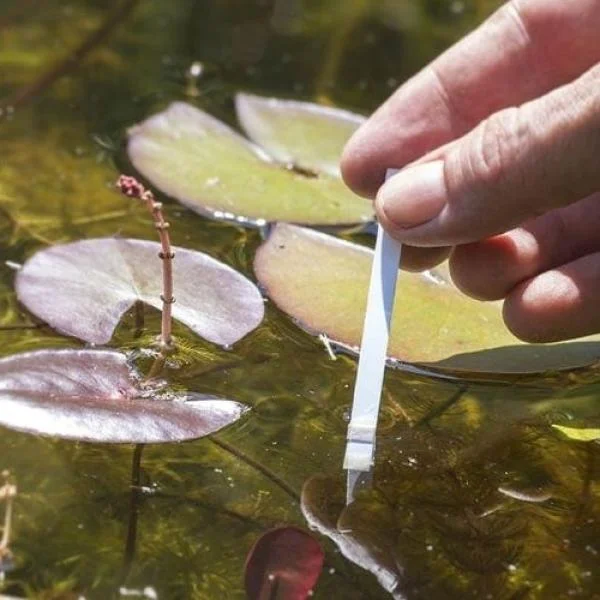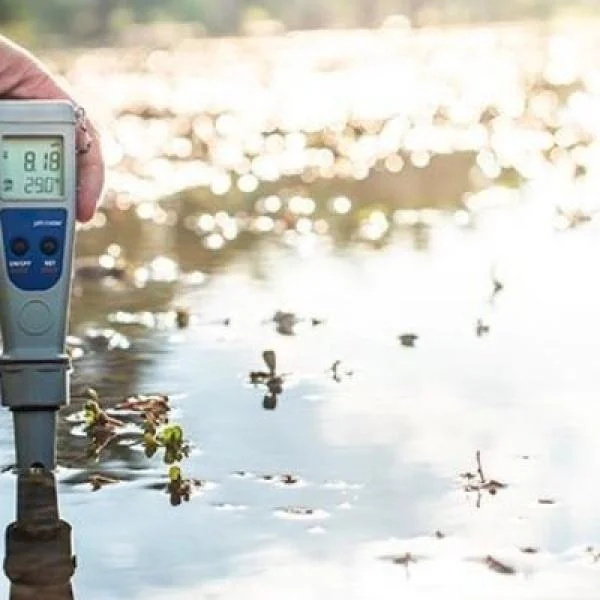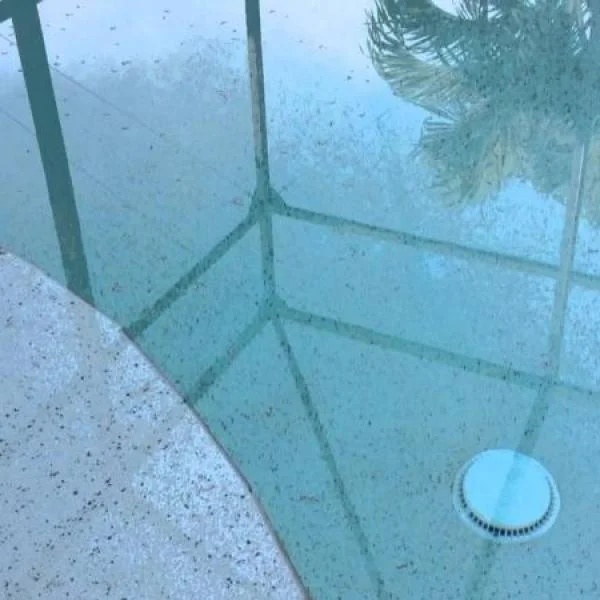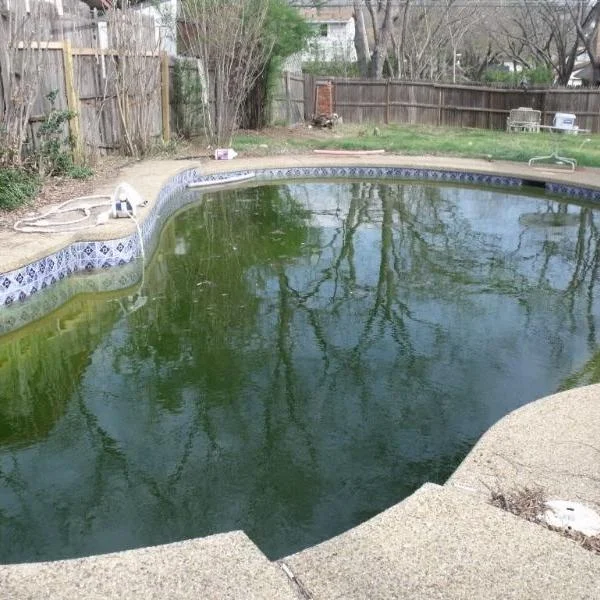
Creating a serene pond environment in your backyard can be a rewarding experience. Imagine fish darting beneath lily pads, the soothing sound of a waterfall, and the fragrance of clean water and nearby flowers. To achieve this aquatic paradise, understanding and implementing proper pond filtration is crucial. In this comprehensive guide, we'll explore the ins and outs of pond filtration systems, helping you maintain a beautiful and healthy aquatic ecosystem.
Understanding Pond Filtration
Pond filtration is the cornerstone of a healthy aquatic environment. It's not just about achieving clear water; it's about creating a balanced ecosystem that supports plant and animal life. A well-designed pond filtration system removes debris, processes harmful chemicals, and maintains water quality, ensuring your pond remains a thriving habitat for fish and plants alike.
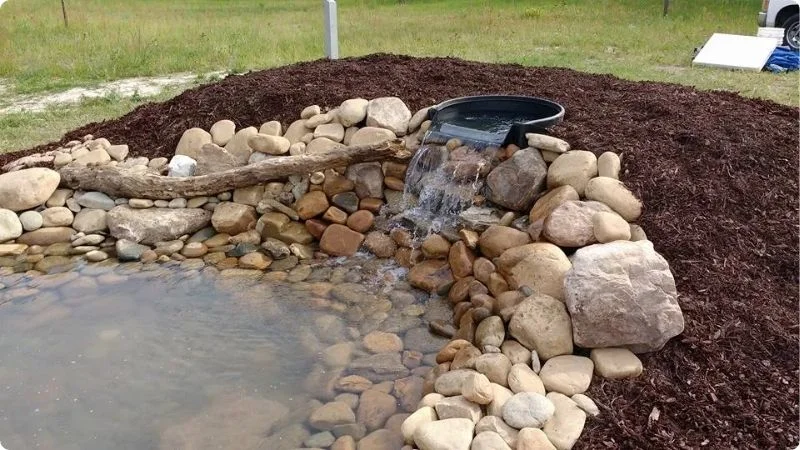
Understanding Pond Filtration
Types of Pond Filtration
There are three main types of pond filters, each serving a specific purpose in maintaining water quality:
- Biological Filters: These filters use beneficial bacteria to break down pond waste, converting harmful compounds into less dangerous substances that can be used as fertilizers for aquatic plants.
- Mechanical Filters: These filters trap and remove physical debris and sediment from the water.
- Water Clarifiers: Also known as UV clarifiers, these units pass water through a tube housing an ultraviolet bulb, eliminating microscopic particles and algae.
For optimal results, a combination of biological and mechanical pond filtration is often recommended. This dual approach ensures both visible debris and invisible toxins are effectively managed, reducing or eliminating the need for additional clarifiers.
The vital importance of mechanical filtration
Mechanical filtration, often achieved through a pond skimmer, is the first line of defense in your pond filtration system. Its primary function is to remove debris before it sinks to the bottom of the pond and decays, contributing to poor water quality.
Types of Skimmers
There exist two primary types of skimmers:
- Box Skimmers: These are the most common and easiest to maintain. They can be equipped with either vertical or horizontal filter mats, with horizontal mats being more effective and requiring less maintenance.
- Floating Skimmers: These units float on the pond surface, removing debris as it accumulates.
Box skimmers not only filter water but also house and conceal the pump and plumbing, maintaining the natural aesthetics of your pond.
The mechanism behind biological filtration.
Biological filtration is the heart of a healthy pond ecosystem. It leverages the power of beneficial bacteria to process harmful compounds, particularly nitrogen-based waste products.
The Nitrogen Cycle in Ponds
Understanding the nitrogen cycle is crucial for effective biological filtration:
- Fish and other organic matter produce ammonia, which is highly toxic to fish.
- Beneficial bacteria convert ammonia into nitrites (still harmful, but less so than ammonia).
- Another set of bacteria then convert nitrites into nitrates, which are less dangerous to fish.
- Nitrates are then removed through plant absorption or denitrification in anaerobic areas of the pond.
This process requires a constant supply of oxygen, which is why it's essential to keep your pond pump running 24/7.
Biological Filter Media
The effectiveness of biological filtration depends largely on the surface area available for beneficial bacteria to colonize. This is why many biological filters contain specialized media designed to maximize surface area. Rocks and gravel in the pond also contribute to this surface area, providing additional space for beneficial bacteria to thrive.
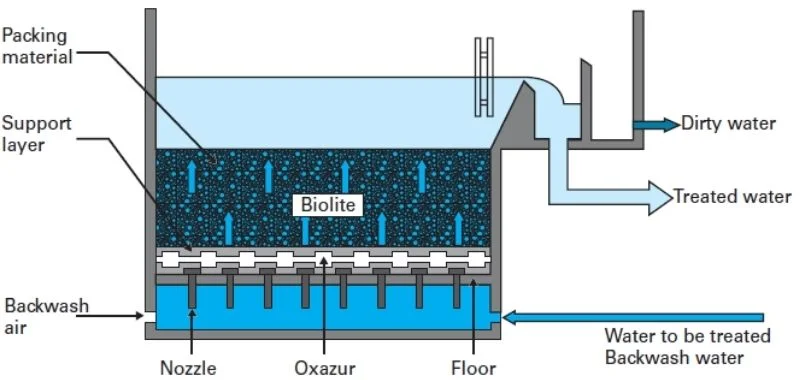
What is Biological Filtration?
Designing an Effective Pond Filtration System
When designing your pond filtration system, consider the following factors:
- Pond Size: Larger ponds require more powerful filtration systems. For ponds over 10,000 gallons, multiple biological filters may be necessary.
- Fish Load: The more fish in your pond, the more waste is produced, requiring a more robust filtration system.
- Sunlight Exposure: Ponds in direct sunlight may require additional filtration to combat algae growth.
- Plant Coverage: Aim for about two-thirds of your pond surface to be covered with plants, as they play a crucial role in natural filtration.
Installation Tips
- Position your skimmer and biological filter on opposite sides of the pond for optimal water circulation.
- Ensure your pump is powerful enough to cycle the entire pond volume through the filter every 1-2 hours.
- Use the largest possible inlet hose to maximize water flow.
- Consider partially burying top outlet filters to improve performance.
Ensuring your pond filter is working properly
Regular maintenance is key to keeping your pond filtration system working efficiently:
- Clean the skimmer basket regularly to prevent debris buildup.
- Rinse filter media in pond water, not tap water, to preserve beneficial bacteria.
- Only clean biological filter media when absolutely necessary, as overcleaning can disrupt the bacterial colony.
- Replace UV bulbs in clarifiers every 6-12 months for optimal performance.
- Use bacterial supplements to boost filter performance, especially when starting a new system or after cleaning.
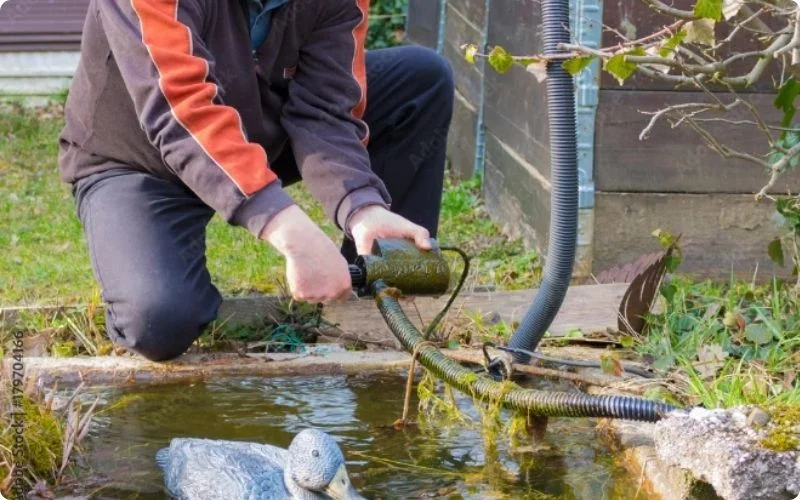
Maintaining pond filtration system
The Role of Plants in Pond Filtration
Aquatic plants are not just beautiful additions to your pond; they play a crucial role in pond filtration:
- They take up extra nutrients, thereby decreasing algal proliferation.
- They filter out sediments and absorb toxic compounds through phytoremediation.
- They provide food, shade, and protection for fish and other wildlife.
Incorporate a variety of submerged, floating, and marginal plants to create a balanced ecosystem.
Selecting the optimal pond filtration system
Factors to consider when selecting a pond filtration system include:
- The size and depth (dimensions) of your pond
- Your fish population and feeding habits
- The intensity of sunlight reaching your pond
- Your financial constraints and desired level of upkeep
For small ponds, a simple all-in-one filter system might suffice. Larger ponds or those with high fish populations may require more advanced setups with separate mechanical and biological filtration units.
Conclusion
Effective pond filtration is the key to maintaining a beautiful, low-maintenance aquatic ecosystem. By combining mechanical and biological filtration, incorporating plants, and following proper maintenance procedures, you can ensure your pond remains a clear, healthy, and vibrant feature in your landscape.
Remember, a well-filtered pond is more than just aesthetically pleasing – it's a thriving ecosystem that provides a healthy environment for fish, plants, and beneficial microorganisms. With the right filtration system in place, you'll be able to sit back, relax, and truly enjoy the tranquil beauty of your backyard oasis.
Related Articles
pH in Ponds: Maintaining a Healthy Aquatic Ecosystem
When it comes to maintaining a thriving pond ecosystem, one of the most critical factors to consider ...
Understanding Dissolved Oxygen: A Vital Component of Aquatic Ecosystems
Dissolved oxygen (DO) is a crucial element in aquatic ecosystems, playing a fundamental role in ...
Everything About Ozone Pool Systems Need to Know
Ozone plays an important role in protecting us from the sun, but did you know it can also protect ...
Beyond the Surface: A Deep Dive into Water Parameters
Water quality is a crucial aspect of environmental science, public health, and various industries. ...
Weathering the Storm: Protecting Your Pool After Rain
Rain can be a refreshing change from scorching summer days, but it can also wreak havoc on your ...
Beyond the Surface: Understanding and Preventing Pool Contamination
Swimming pools are a source of joy and relaxation for millions of people worldwide. However, they ...

